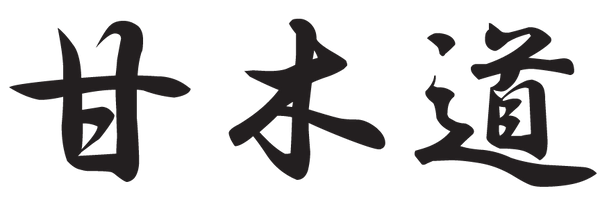Yakushiji East Pagoda Foundation Clay Yakishime Tea Bowl by Rakusai Onishi
Yakushiji East Pagoda Foundation Clay Yakishime Tea Bowl by Rakusai Onishi
Couldn't load pickup availability
Width: 11.9cm Height: 6.5cm
Yakishime tea bowl made from the base of the East Pagoda of Yakushiji Temple by Rakusai Onishi
--A bowl of tea made by blowing flames into the sacred soil of 1,300 years ago, and tasting the taste of the soil itself--
1. Work summary
This tea bowl is a powerful piece of work that was made by mixing the foundation clay of the East Pagoda of Yakushiji Temple, which was collected during the major repair work in the Reiwa era, with the clay, and finished by firing without applying any glaze . It has a neat cylindrical shape with a diameter of about 12 cm and a height of about 6.5 cm, and there is a slight tension from the body to the foot, keeping the center of gravity low and stable.
2. Scenery and firing
Appearance of the surface <br data-start="266" data-end="269">Pine ash that was blown around during the firing process fell naturally on the piece, and the melted ash created an ash covering that has spread from golden brown to silver-gray. Inside the body, **charring** that was directly exposed to the flames in front of the fire has turned dark purple, and the iron contained in the base clay gives it a metallic luster.
Stone ridges at the bottom <br data-start="404" data-end="407">Quartz grains, which are unique to the foundation soil, erupt onto the surface and become stone ridges , with white spots scattered like the Milky Way. This gives the impression of the "breathing of the soil," a feature unique to Yakishime.
Inside <br data-start="499" data-end="502">The inside is thinly coated with ash that has turned into glass, giving it a faint glow like the surface of a shallow lake. When you pour matcha tea into it, the jade color stands out and the outline of the bubbles stands out clearly.
3. Molding technique
Rough kneading of rough soil : The coarse foundation soil was mixed with the clay from Mt. Akahada in a 5:5 ratio, preserving the granular texture and bringing out the natural breath of the soil.
Turning in one go : The wood is turned on a potter's wheel to make it somewhat thick, and then when it is half dry, the inside and outside are carved down to make it lighter.
Wood-fired kiln firing : 48 hours of continuous high-temperature firing using mainly red pine. The temperature is raised to around 1280°C, and at the end, ash is sprinkled on the piece to rapidly cool it down, emphasizing the natural glaze.
4. The significance of using foundation soil
The East Pagoda of Yakushiji Temple is a masterpiece of the Asuka style, nicknamed "Frozen Music." The earth that supports its foundation has endured 1,300 years of wind and rain, and the prayers of people. Onishi Rakusai attempted to use this sacred earth in the firing process, hoping to have the "memories of the earth" and "the coincidences of fire" felt in the tea room . By leaving the tea unglazed, the voice of the earth resonates as it is, and only when matcha tea comes into contact with it, the "water and greenery" are added to complete the piece - truly a once-in-a-lifetime tea bowl.
5. Arrangements at the tea ceremony
| Seasons and Scenes | Tool group proposal | Purpose |
|---|---|---|
| Cold weather/fireside | Kettle: Cylindrical kettle / Incense holder: Tile lamp (Yakushiji Temple East Pagoda base clay) | The combination of earth and fire accentuates the solemnity of the hearth fire. |
| Hazy Moonlit Night (Tales of the Night of the Rabbit) | Kettle: Open-wood kettle/Scroll "Tsuki Mushin" | The greyish silver-gray color evokes moonlight, enhancing the mysteriousness of night stories. |
| Nagori tea ceremony (late autumn) | Kettle: Flat round kettle / Incense holder: Onigawara | The withered skin tone echoes the solitude of autumn and reflects the lingering emotion of the past. |
6. Handle and mouthfeel
When you hold it in your hand, the grainy outer skin feels rough on your fingers, and the heat is gradually transferred to it. The rim is carved to be thin, and it feels surprisingly smooth on the lips. When you sip the matcha, the slight amount of iron unique to the yakishime clay adds depth to the sweetness, and the aftertaste lingers for a long time.
7. Summary
This "Yakushiji East Pagoda Foundation Clay Yakishime Tea Bowl" contains a unique scene where the memory of the earth that has supported the pagoda overlaps with the coincidences of fire, ash, and wind. This tea bowl offers a multi-layered experience: you can feel the pulse of the earth when you touch it with your palm, and the nectar of iron when you taste it in your mouth. During the tea ceremony, please cherish the texture that changes over time and enjoy the reflection of the eternity of the sacred clay in a cup of tea.
Made from 100% clay from within the grounds of Yakushiji Temple, this piece is characterised by its clear beauty, with all impurities thoroughly removed. The clay has been around for ages and is homogeneous, and when fired it takes on a clear luster, and when fired it takes on a gentle colour like old roofing tiles. Its smooth texture and resistance to warping are also appealing. The story of the clay, which holds 1,300 years of history, gives you a sense of peace every time you pick it up. This is a special piece that combines material, beauty and spirituality.
A conversation with Rakusai Onishi – High-end pottery specialty store [Amagi-do]
Share
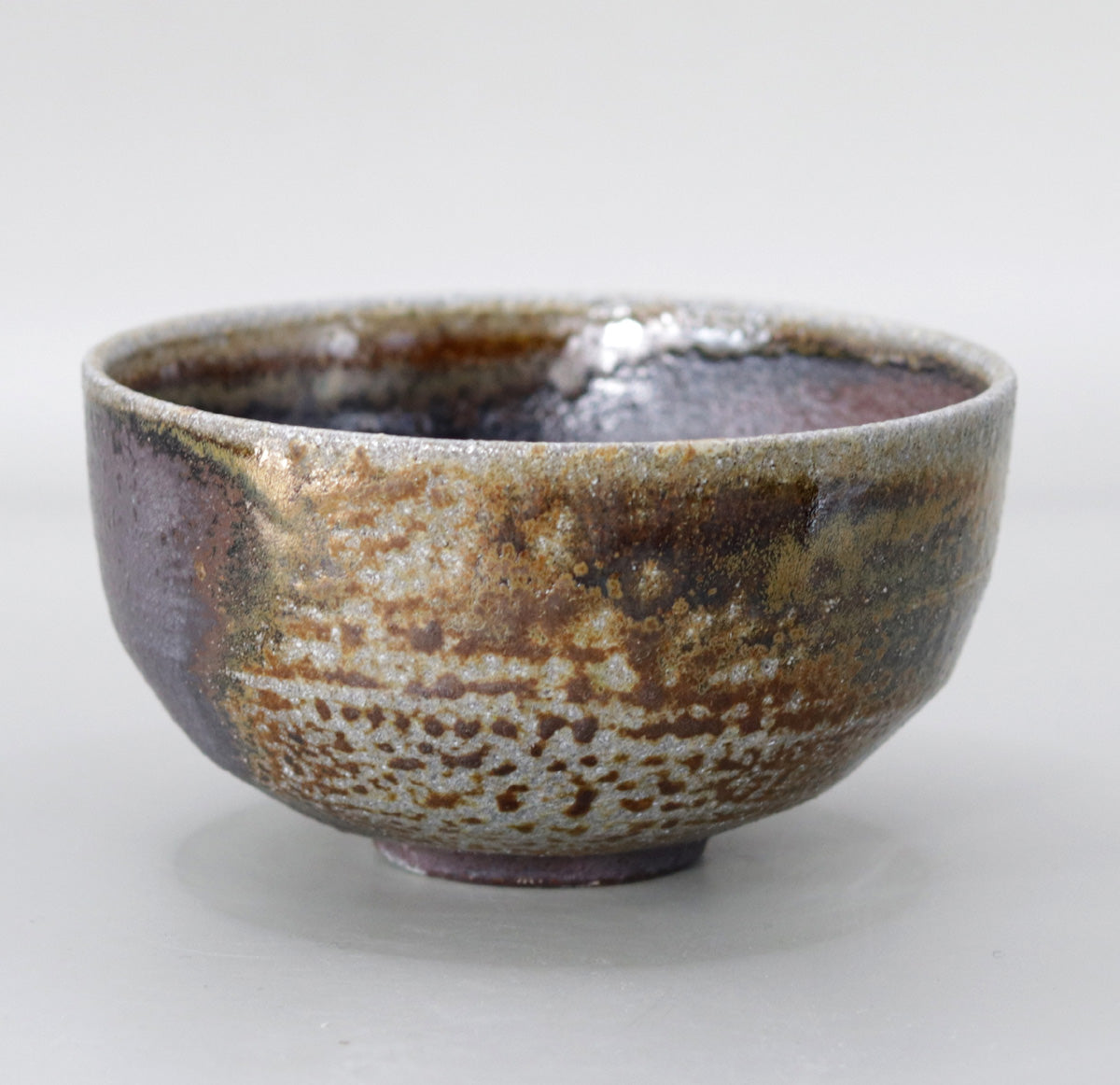



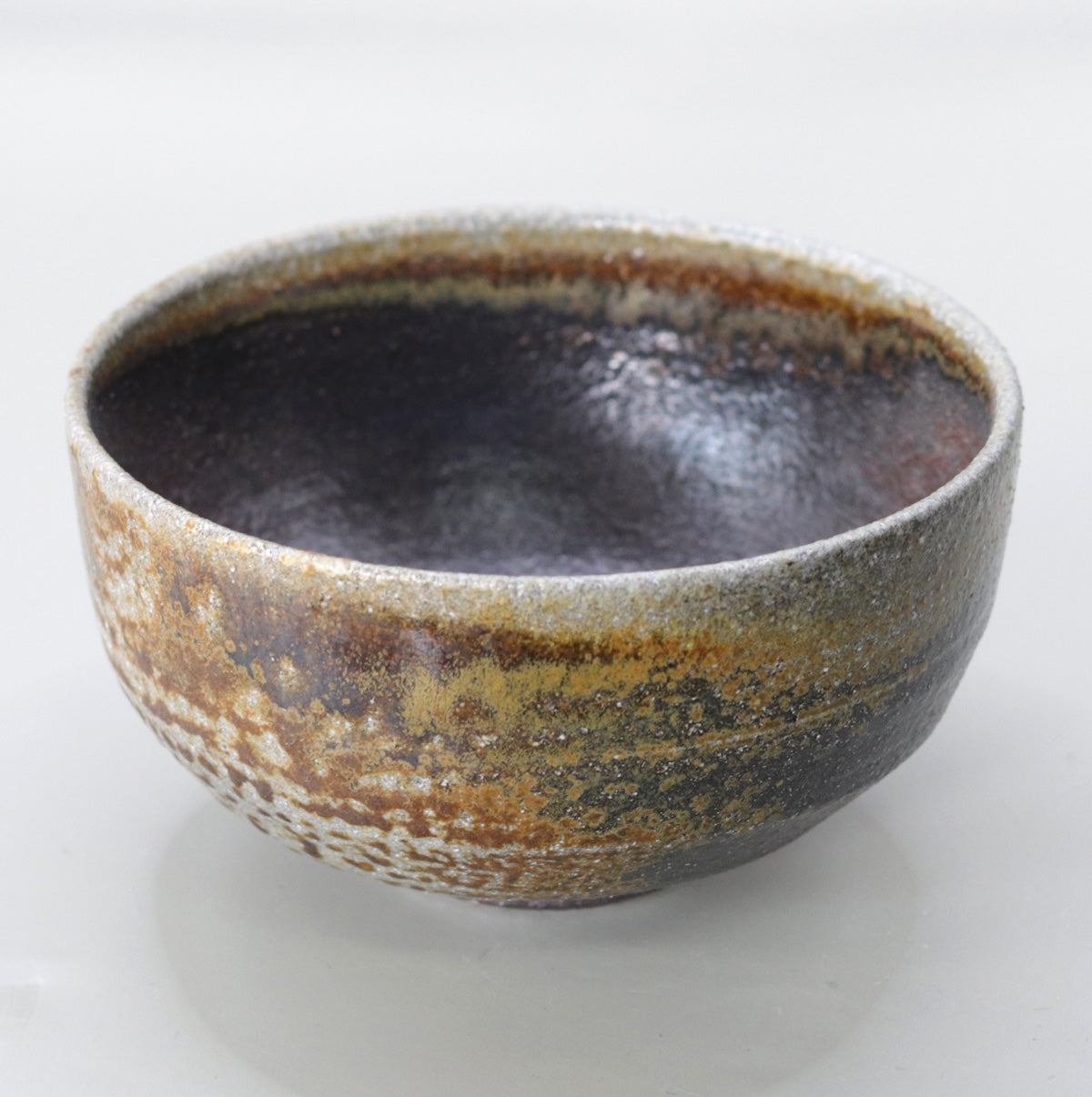
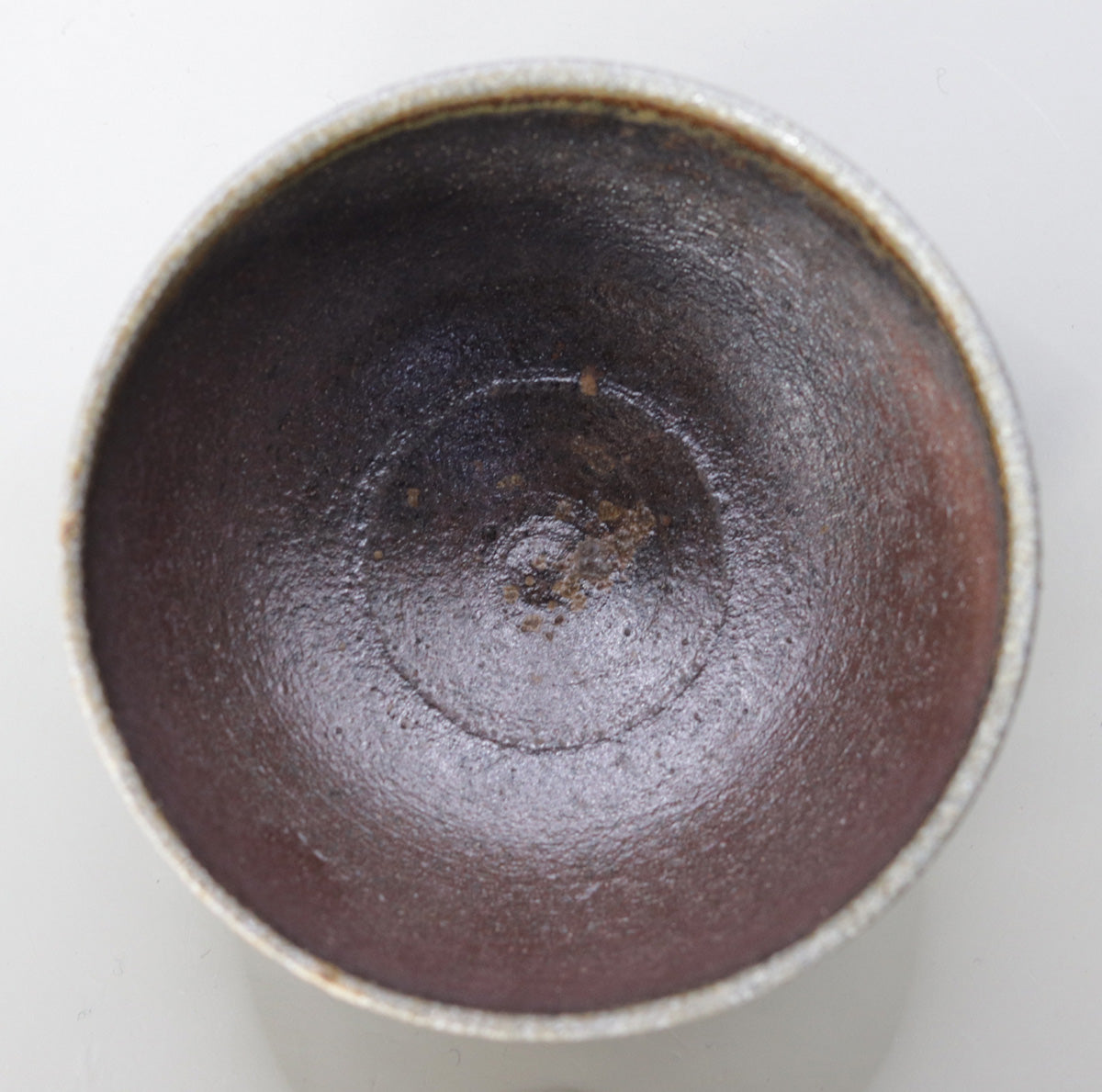
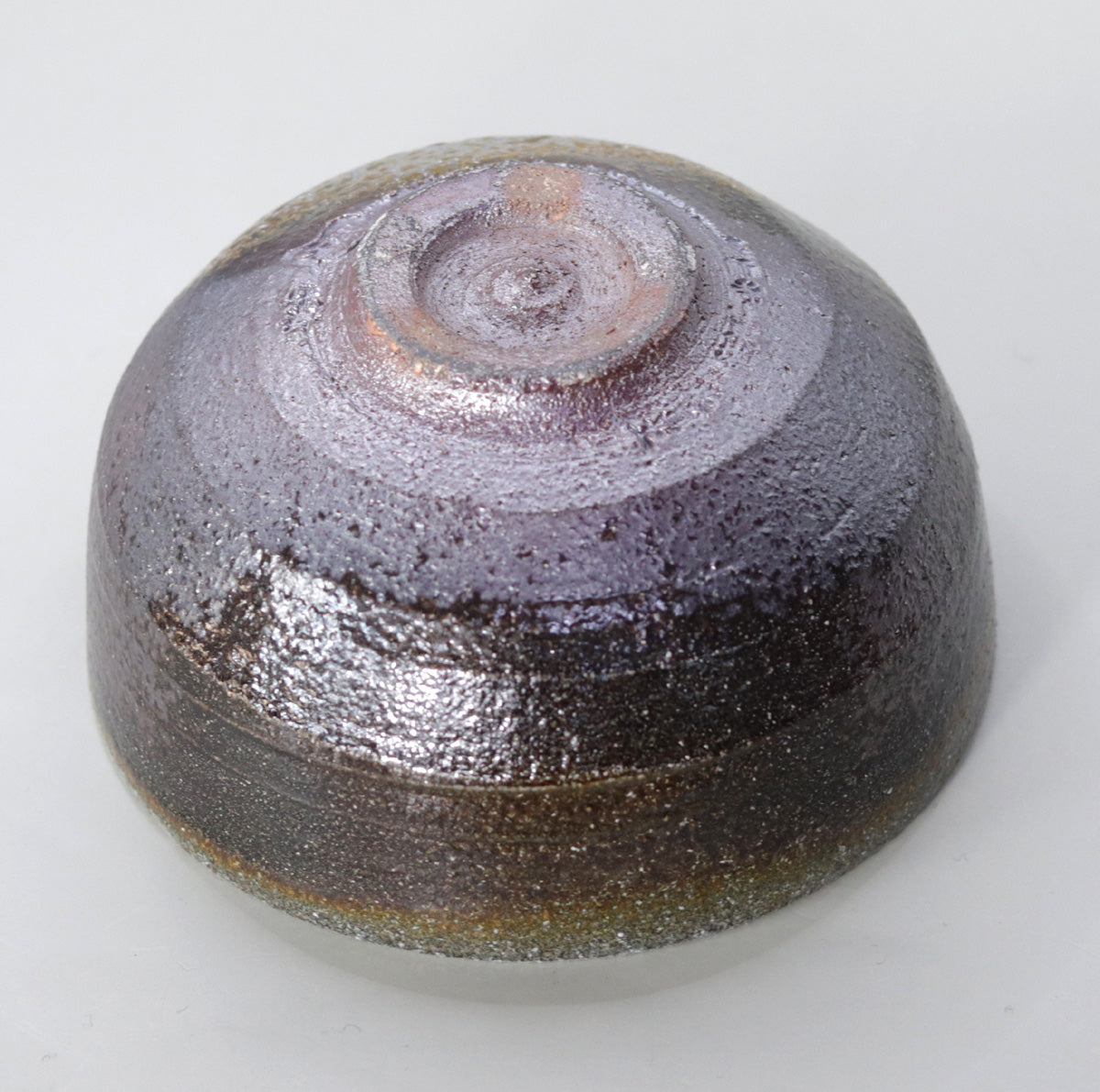
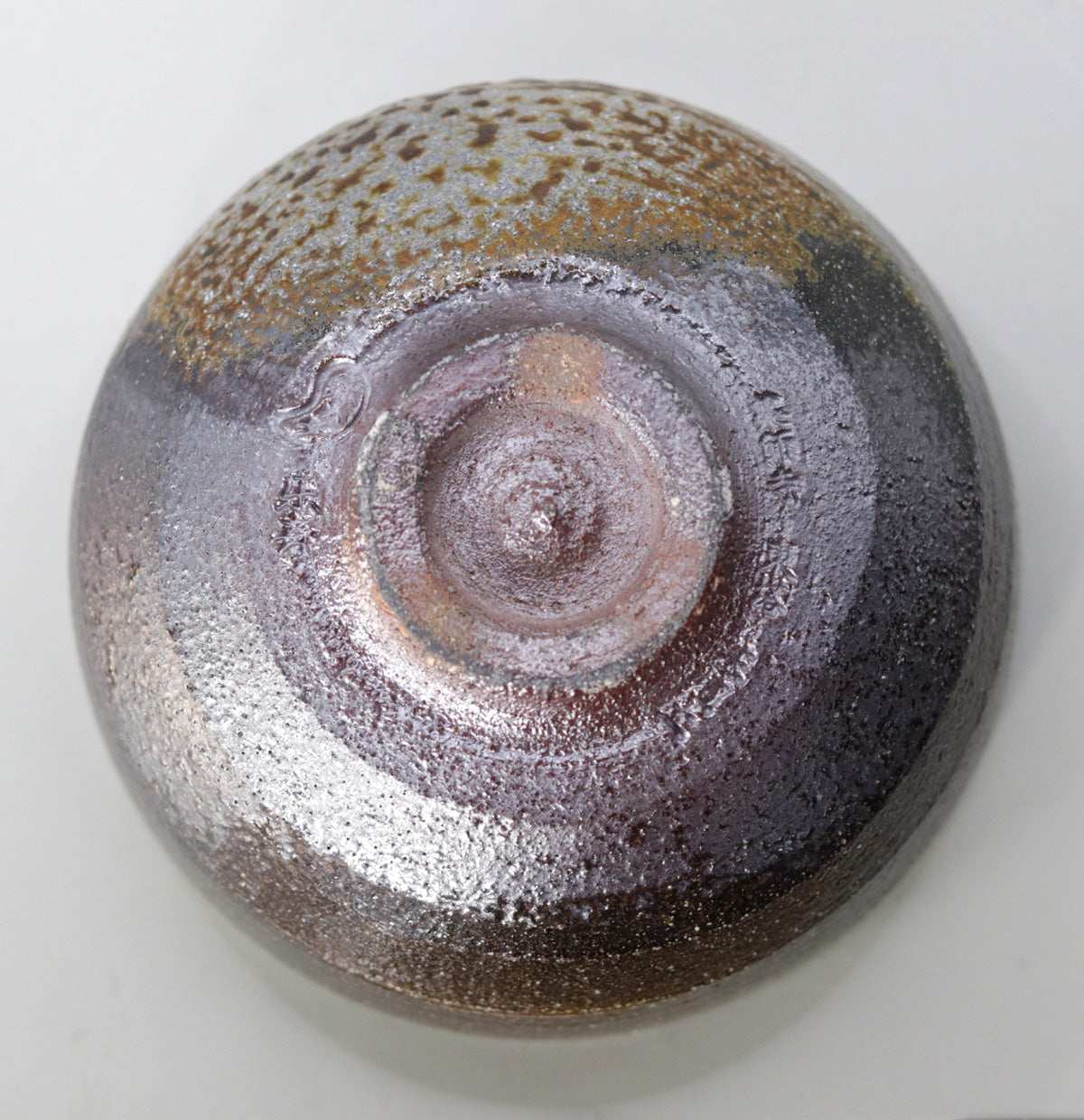
Multi-Column
-
[I will send it to you quickly and carefully]
We carefully package each product in a way that suits it best.
Also, delivery times vary depending on the piece (vessel, etc.).
Items that already come with a box will be shipped within 1-3 days of the order date.
For items that require a box to be made after your order, it will take approximately 30 days for production to be completed and then shipped.
In either case, once we have confirmed your order, we will contact you by email to inform you of the delivery date.
-
[Requests when purchasing pottery]
Even products that look the same may differ slightly in color, shape, size, etc.
The way the glaze is used, the power of the kiln, the firing method, the season, and the humidity also affect the appearance of the pottery.
Please understand the individuality of each piece of pottery and enjoy the unique warmth of handmade.
